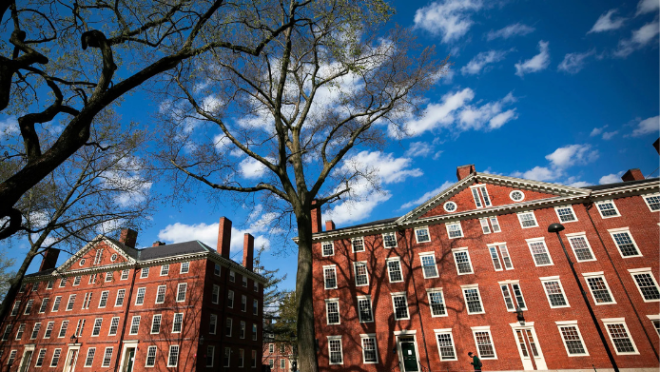Trump’s $2.2billion threat to Harvard: How the university resisted and what’s next
Trump’s $2.2billion threat to Harvard: How the university resisted and what’s next

The Trump administration’s move to freeze a $2.2 billion federal grant to Harvard University sent shockwaves across the academic world. This funding, crucial to research, operations, and financial aid—including for international students—was suddenly on the line. The reason? President Donald Trump accused Harvard of failing to protect Jewish and Israeli students, branding the institution as ‘antisemitic’.
But Harvard didn’t yield. In fact, it fired back. Refusing to comply with Trump’s sweeping demands, Harvard has taken the administration to court—a bold counterstrike in defence of its autonomy.
What did Trump want?
In an official five-page letter sent on 11 April to Harvard’s interim president, Dr Alan M. Garber, several federal departments outlined a list of conditions for continued funding. These included:
- Promoting faculty aligned with the administration’s views and reducing the influence of those “more committed to activism than scholarship.”
- Ending affirmative action in admissions and hiring while ensuring “viewpoint diversity” free of “ideological litmus tests.”
- Revamping the admissions process to block international students allegedly “hostile to American values,” including those deemed supportive of terrorism or antisemitism.
- Changing disciplinary policies and denying recognition and funding for student organisations linked to “illegal activity.”
- Enforcing a strict mask ban with suspensions for violators.
- Shutting down all diversity, equity, and inclusion (DEI) offices and introducing reforms for greater federal oversight.
While the letter did not define terms like “American values” or “supportive of terrorism,” its tone was unmistakable: reduce student activism, align with Trump-era ideology, or lose funding.
Harvard’s firm stand
Harvard rejected the demands outright. “No government—regardless of which party is in power—should dictate what private universities can teach, whom they can admit and hire, and which areas of study and inquiry they can pursue,” said interim president Garber in a public letter posted online.
Even as other prestigious institutions like Columbia and Princeton face similar threats, Harvard has taken the lead in resisting what many view as an attack on academic freedom. On 21 April, it sued the Trump administration, framing the move as a defence of institutional independence.
The funding dilemma
With $2.2 billion at stake, how much trouble is Harvard in?
On paper, not much. Harvard has the largest university endowment in the world—approximately $53.2 billion. In the 2024 fiscal year alone, it generated around $2.4 billion, accounting for over a third of the university’s operational budget.
But that endowment comes with strings attached. About 80% of it is “restricted,” meaning the funds can only be used for specific purposes—scholarships, faculty chairs, research programmes, and more. Even the unrestricted portion is often tied up in illiquid assets like hedge funds and real estate, making it difficult to access quickly.
Also, Harvard can’t just open a vault and fill a $2.2 billion hole.
Still, tough times sometimes call for tough decisions. During the Covid-19 crisis in 2020, Harvard increased its distribution rate to maintain operations—a move it may consider again if this legal battle drags on.
What’s at stake?
To be fair, Trump’s war over academia isn’t just a fight over money. It also dictates who controls American higher education. Can the federal government dictate hiring, admissions, and student activism policies? Or do private universities have the right to chart their own course?
Harvard has made its choice. It won’t compromise its values to appease political pressure. Whether it can withstand a prolonged financial and legal battle remains to be seen—but one thing is certain: the university is not backing down.


